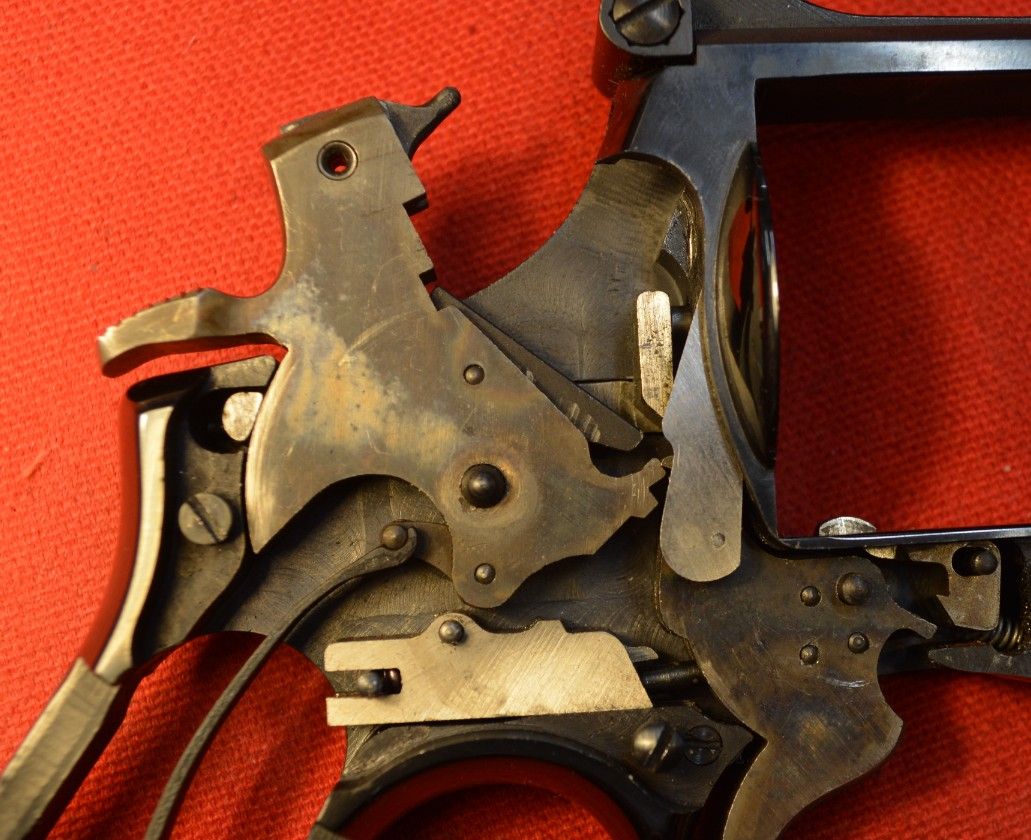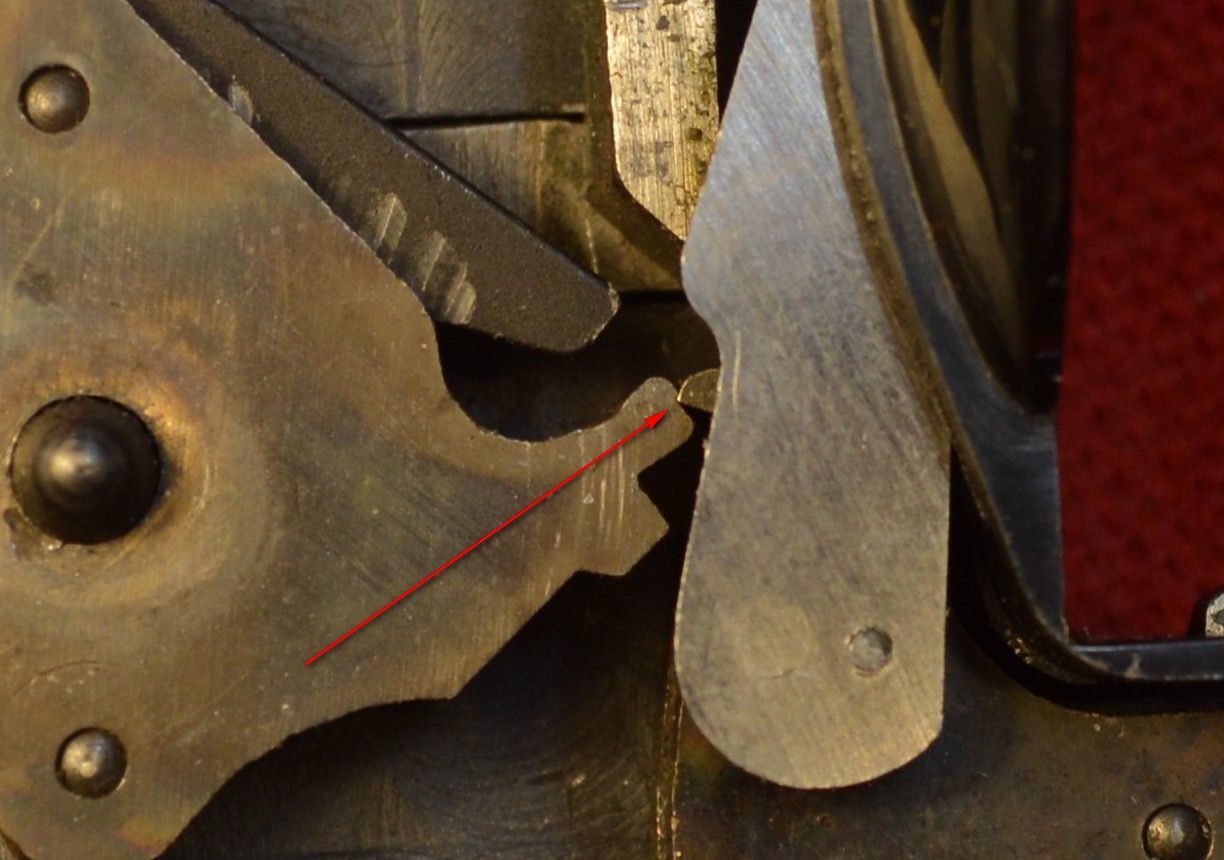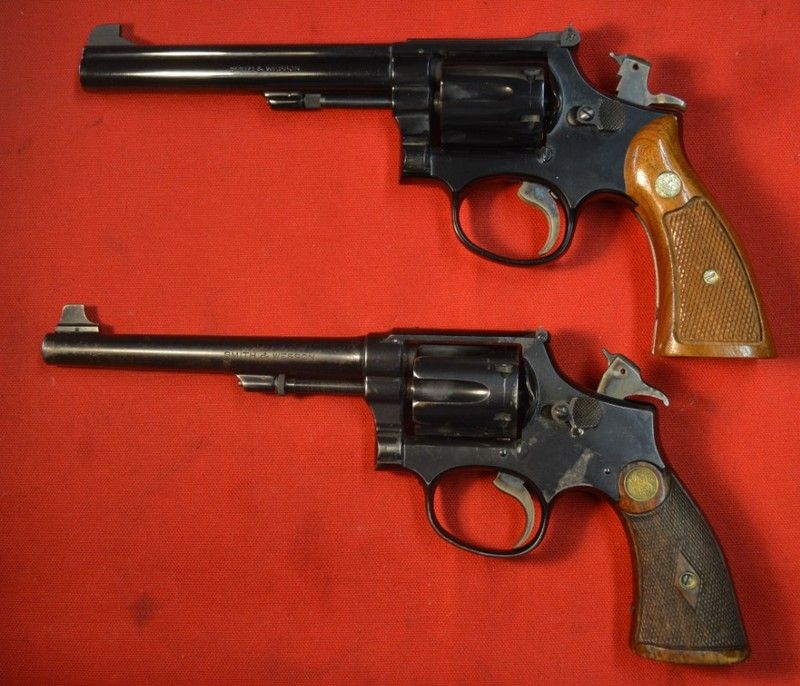gbclarkson
New member
So I was watching a show titled Hollywood Weapons, or something like that title, the other night while trying to put myself to sleep. It was a Myth Busters-type show that tested the validity of shoot out scenes from action movies. This particular episode examined an action sequence in which the action hero's car gets completely submerged, the car's cabin is completely filled with water, and there is a bad guy on the other side of the windshield. I forget the name of the source movie. Anyway, action hero pulls his Glock 9mm and shoots bad guy through the windshield while underwater. The episode wanted to know if the bullet would have sufficient velocity to penetrate the windshield and the test dummy on the other side. It did not. Three 9mm rounds bounced off the test glass. Though, it looked as if the show's host was several feet behind the underwater windshield and not actual front seat-to-windshield distance. Distance is difficult to judge on TV.
They repeated the test with a .357 magnum GP 100, which also did not penetrate the windshield, and then a .454 Casull Ruger Alaskan which went right through. The revolvers were experiencing a 50% ignition rate. They theorized that water resistance was slowing the hammer and causing light primer strikes. Their solution was to fire the revolvers in single action mode to speed up the hammers. This got me pondering: Is the terminal velocity of the hammer faster when firing single action? Is the rearward distance of the hammer also greater when firing single action?
Is there a practical application to this knowledge? Would rimfire revolvers fire more reliably in SA?
They repeated the test with a .357 magnum GP 100, which also did not penetrate the windshield, and then a .454 Casull Ruger Alaskan which went right through. The revolvers were experiencing a 50% ignition rate. They theorized that water resistance was slowing the hammer and causing light primer strikes. Their solution was to fire the revolvers in single action mode to speed up the hammers. This got me pondering: Is the terminal velocity of the hammer faster when firing single action? Is the rearward distance of the hammer also greater when firing single action?
Is there a practical application to this knowledge? Would rimfire revolvers fire more reliably in SA?





